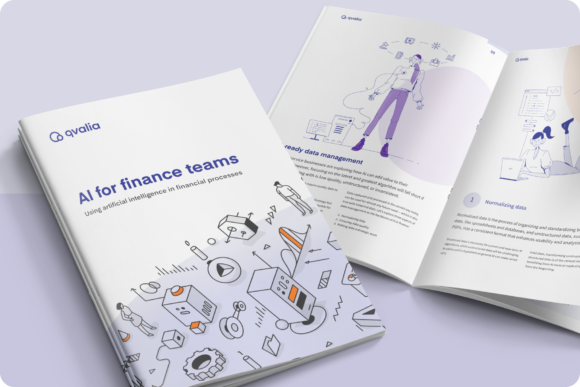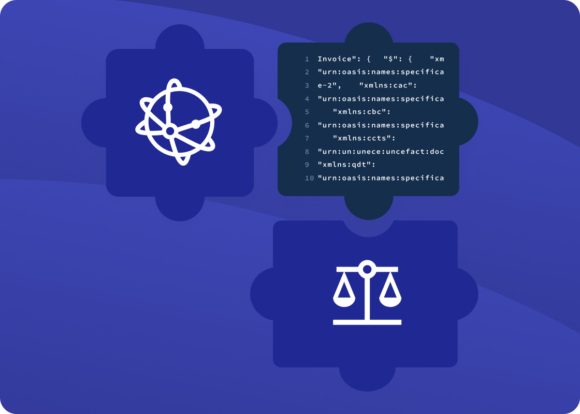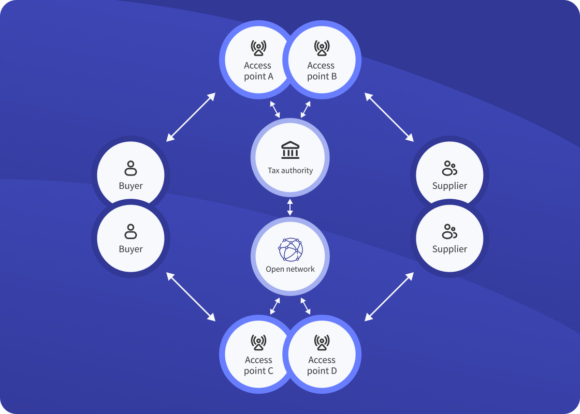Transactions, technologies and trends
Category: Digital transformation
Digital transformation refers to the comprehensive integration of digital technologies, processes, and strategies into all aspects of an organization’s operations, culture, and customer interactions. It represents a fundamental shift in how businesses leverage technology to enhance efficiency, innovation, and customer experiences in today’s fast-paced, technology-driven world.
Key aspects of digital transformation include:
- Technology adoption: Digital transformation involves the adoption of cutting-edge technologies such as cloud computing, artificial intelligence, data analytics, Internet of Things (IoT), and automation. These technologies optimize operations, enable data-driven decisions, and create new opportunities for growth.
- Operational efficiency: Businesses streamline and automate processes to eliminate bottlenecks, reduce manual intervention, and enhance productivity. This often leads to cost savings, faster time-to-market, and improved resource allocation.
- Customer-centric approach: Digital transformation places customers at the center by leveraging data to gain insights into their preferences and behaviors. This enables businesses to tailor products, services, and interactions to meet customer expectations.
- Innovation and agility: Embracing digital technologies fosters a culture of innovation and adaptability. Companies can quickly respond to market changes, experiment with new ideas, and launch products or services more rapidly.
- Data-Driven Insights: Digital transformation emphasizes data collection, analysis, and interpretation. This data-driven approach allows organizations to uncover trends, predict future outcomes, and make informed decisions.
- Ecosystem collaboration: Businesses collaborate within digital ecosystems, partnering with other organizations, startups, and technology providers to co-create value and tap into specialized expertise.
- Employee empowerment: Modernizing tools and processes equips employees with resources to work more efficiently and collaboratively. This improves job satisfaction, employee engagement, and overall performance.
- Change management: Successful digital transformation requires change management strategies to ensure that employees at all levels embrace and adapt to new working methods.
- Cybersecurity and privacy: As digital operations expand, cybersecurity and data privacy become critical components of transformation efforts to safeguard sensitive information and maintain customer trust.
Digital transformation is not just about implementing technology; it involves a strategic overhaul of business models and mindsets. Organizations that proactively embrace this transformation remain competitive and relevant in the digital age, while those that resist risk being left behind in an increasingly interconnected and dynamic business landscape.
Read our articles about the digital transformation of financial processes for inspiration to develop your business.

Artificial intelligence is reshaping business operations and finance is no exception. Our latest whitepaper provides an overview of AI in finance and accounting, explores practical use cases, and outlines how to get started with implementation.

The adoption of e-invoicing and e-procurement is accelerating across public administration in Europe. A recent Swedish study offers insights among municipalities and central government agencies.

We’re introducing PDF invoice capture — a powerful PDF-to-XML tool to digitize, transform, analyze, and enriche PDF invoices. The tool is a lightweight free version of our AI document processing solution.

The European Union’s VAT in the Digital Age (ViDA) initiative is a comprehensive reform to modernize the VAT system across the EU. Here’s what you need to know about ViDA.

Regulatory compliance has become a driving force behind the widespread adoption of e-invoicing. This blog post explores the impact of these regulatory changes
